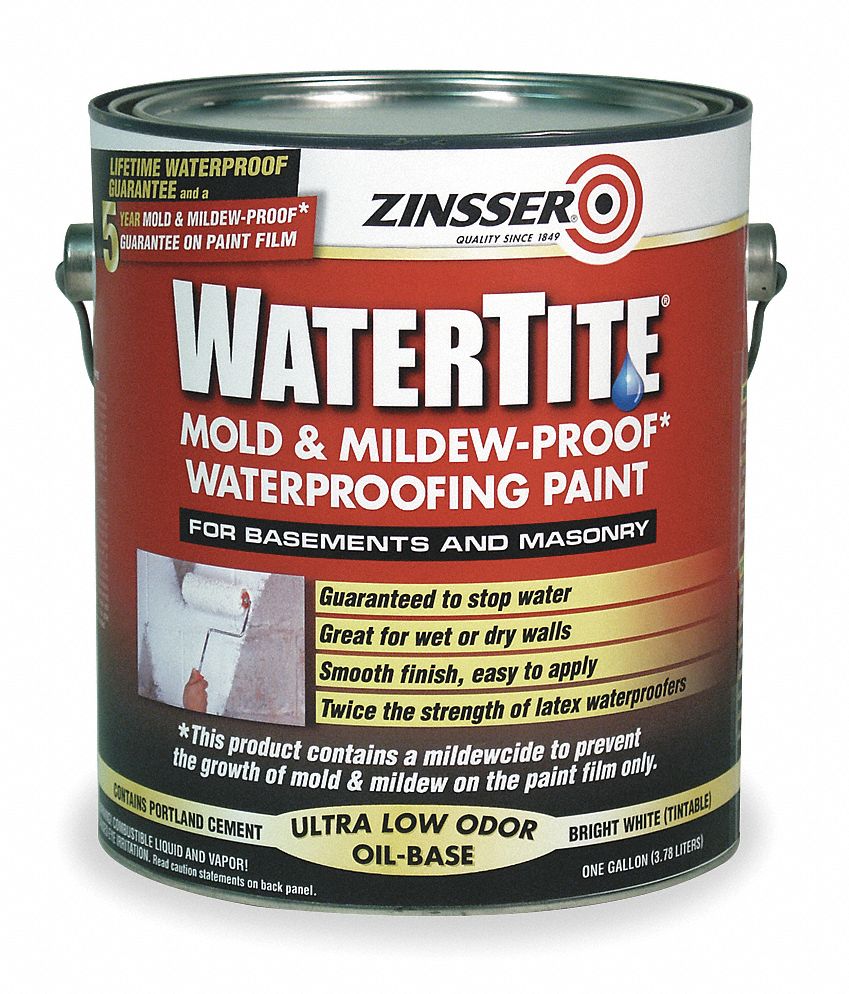Exterior Eggshell Paint: Oil-Based Options for Your Home

So, you're looking to give your home's exterior a fresh coat of paint. You want something durable, weather-resistant, and with a subtle sheen. You've heard whispers of oil-based exterior eggshell paint, and you're intrigued. Let's dive into the world of this classic exterior paint finish and explore if it's the right choice for your project.
Exterior eggshell finishes, particularly those formulated with an oil base, have been a mainstay in home improvement for decades. They offer a unique blend of durability and aesthetics, providing a low-luster sheen that's both attractive and practical. But like any paint choice, oil-based exterior eggshell has its own set of advantages and drawbacks. Understanding these nuances is key to making an informed decision.
The history of oil-based paints dates back centuries, with early versions utilizing linseed oil and natural pigments. These paints were prized for their durability and water resistance, making them ideal for protecting exterior surfaces. The "eggshell" designation refers to the paint's sheen, which resembles the subtle gloss of an eggshell. Oil-based eggshell paints built upon this historical foundation, offering improved formulations and performance over time.
A primary concern with oil-based paints, including exterior eggshell varieties, is their environmental impact. Traditional oil-based paints contain volatile organic compounds (VOCs), which contribute to air pollution. Modern formulations have reduced VOC content, but they still generally have higher levels than water-based alternatives. Proper ventilation and disposal practices are crucial when working with these paints.
Oil-based exterior eggshell paint is known for its robust finish. It forms a hard, protective layer that resists chipping, cracking, and fading. This resilience makes it well-suited for areas exposed to harsh weather conditions, including intense sunlight, rain, and temperature fluctuations.
One benefit of oil-based exterior eggshell paint is its exceptional durability. The strong, hard finish resists chipping and scratching, ideal for high-traffic areas like doors and trim.
Another advantage is its superior moisture resistance. This makes it suitable for humid climates and areas prone to rain and snow. For example, a porch painted with oil-based eggshell can withstand repeated exposure to moisture without peeling or blistering.
Finally, oil-based exterior eggshell offers excellent adhesion to various surfaces, including wood, metal, and masonry. This ensures a long-lasting finish and reduces the need for frequent repainting. Consider a previously painted metal gate – oil-based eggshell will adhere well, providing a durable and attractive finish.
Before you begin, ensure the surface is clean, dry, and free of loose paint. Prime bare or heavily weathered surfaces for optimal adhesion. Apply the paint in thin, even coats, allowing ample drying time between applications. Use a high-quality brush or roller designed for oil-based paints.
Advantages and Disadvantages of Oil-Based Exterior Eggshell Paint
| Advantages | Disadvantages |
|---|---|
| Durable and long-lasting | Longer drying time |
| Excellent moisture resistance | Strong odor during application |
| Superior adhesion | Requires mineral spirits for cleanup |
| Smooth, even finish | Higher VOC content than water-based paints |
Five best practices: 1. Proper surface preparation 2. Using the right tools 3. Applying thin coats 4. Allowing adequate drying time 5. Proper cleanup.
Five real examples: front doors, window trim, shutters, porch railings, and garden sheds. These are often coated with oil-based exterior eggshell for durability and aesthetics.
Five challenges and solutions: 1. Difficult cleanup – use mineral spirits. 2. Long drying time – plan your project accordingly. 3. Strong odor – ensure good ventilation. 4. Yellowing over time – choose high-quality paint. 5. Potential environmental impact – consider low-VOC options.
FAQs: What is oil-based exterior eggshell paint? What are its benefits? How do I apply it? How do I clean up? Is it environmentally friendly? How long does it last? What surfaces is it suitable for? What sheen does it have?
Tips: Use a high-quality brush, work in small sections, and maintain a wet edge to avoid lap marks.
In conclusion, oil-based exterior eggshell paint offers a classic, durable, and subtly elegant finish for your home's exterior. While it presents some challenges, such as longer drying times and the need for specific cleaning methods, its durability and resilience make it a compelling choice for various applications. Understanding the benefits and drawbacks of oil-based exterior eggshell paint empowers you to make an informed decision that aligns with your project needs and environmental consciousness. Consider the long-term benefits of a durable finish, balanced against the potential environmental impact and application considerations. Choose wisely, prep diligently, and enjoy the beautiful, lasting results of your hard work.
Samsung fridge loud noises troubleshooting guide
Unlocking healthcare your guide to humana gold plus hmo networks
Crafting unforgettable events the power of your logo













